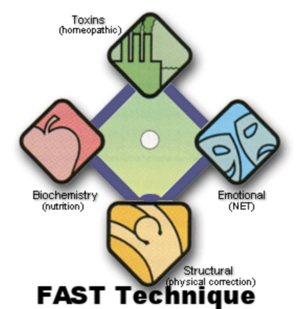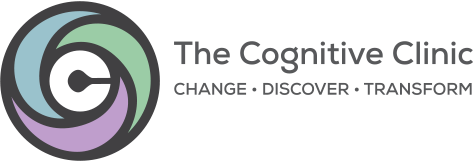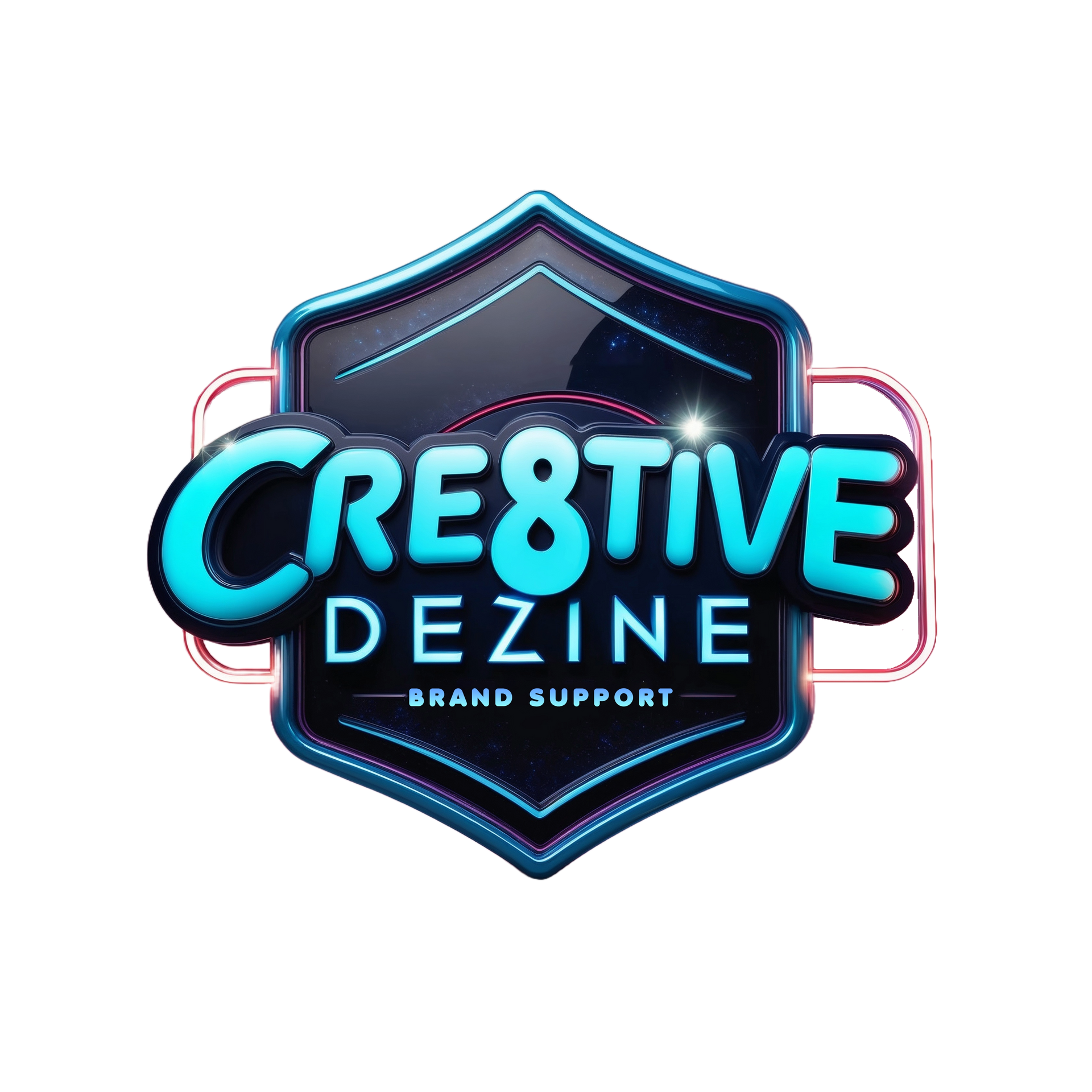- cognitive (identifying thoughts and internal dialog associated with recollections),
- emotional (identifying the emotions the recollection elicits), and
behavioral (how the recollections affect actions, relationships, etc.).
When working with NET, practitioners use a manual muscle test as a tool to help identify involuntary physiological responses. In this way, the muscle test is used as a gauge of autonomic reactivity to given physical and/or verbal stimuli.
It is common to start a session with an “I’m OK” Personal Declarative (PD). If a PD tests weak, the practitioner can then find an associated pulse point, identify a related emotion and further develop the core issue.
During the NET correction phase, clients are asked to hold a specific pulse point and the Emotional Points (located on the forehead, halfway between the pupils and the natural hairline), and engage in a simple breathing process while they focus on the identified distressing event.
When finished, the original “I’m OK” PD will be retested, and it should now test strong — indicating the client is congruent with the PD and more balanced in regard to this issue.
What Issues Does It Address?
We know stress can affect our mental well-being in many ways and addressing stress-related issues can help release unwanted symptoms and behaviors.
NET can help anyone who is experiencing symptoms due to mind/body stress. sad, anxious, or empty mood




